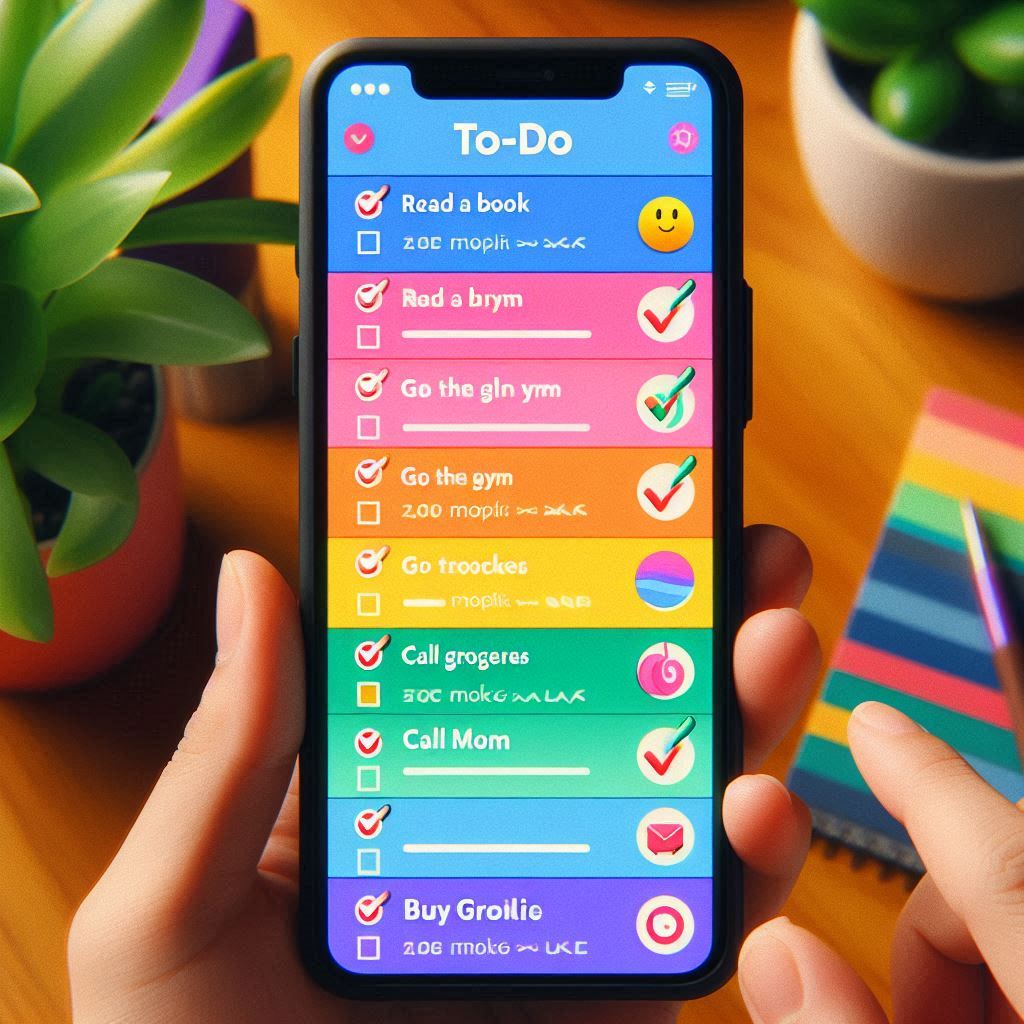In today’s fast-paced and tech-driven world, it’s no surprise that more and more people are leaning towards doing things digitally. It’s easy. It’s convenient. And it doesn’t use as much space as keeping stacks of paper everywhere.
However, one area where people seem to be on the fence when it comes to digital versus physical products is planning. Some people have easily migrated to a digital setup, whereas others are die-hard physical planner fans.
You might be ready to test the waters when it comes to digital planning but feel unsure of whether it’s the right step for you. That’s what this post is here for.
the pros
When it comes to breaking things down, a good place to start is to look at the pros and cons and use that as guidance. Let’s start with the positive elements of digital planners.
- Accessibility and portability: you can access your digital planner on your phone, your laptop, and other devices since most digital planners make it easy for you to sync across multiple devices. Therefore, you can easily access your planner no matter where you are, and there’s no reason to worry about forgetting it at home since we all always have our phones on us anyway.
- Customisation: while most digital planners do have some structure to them, you may still be able to customise yours to suit your needs, depending on what you choose. You can often select your colour scheme, add images, and even customise the font and layout. Of course, if you want to use it for business planning, this likely doesn’t matter much, but if you want to get creative, there are digital sticker packs you can purchase for that extra personalisation..
- Integration: another benefit of digital planets is that you can easily integrate them with other apps such as your Google calendar, creating a cohesive hub between your digital items. This way, important dates and events will automatically be added to your planner without you needing to manually add them, which eliminates the risk of missing something important.
- Searchability: if you need to find something in your digital planner, you can easily search for it without having to remember where you wrote it down. Going hand in hand with this is the fact that digital planners can have passwords, making them a good option for those with privacy preferences.
- Eco-friendliness: of course, digital planners don’t use paper, which makes them much more sustainable.
- Templating: some digital planners also allow you to set up templates and then duplicate them into your weeks, which is very helpful if you don’t want to spend hours setting up your week.

the cons
For anything that has pros, there will inevitably be cons as well. So, what are the downsides to digital planners?
- Screen fatigue: most of us spend all day, every day, staring at a screen. Physical daily planners will give your eyes a bit of a break from digital devices and allow you to disconnect for a while.
- Battery-dependent: of course, another factor to keep in mind is that, since your planner is on a digital device, you can only access it when your device is charged, so you may miss out on important events if your battery dies. Similarly, some apps even need to be connected to the internet, so that’s another factor to consider.
- There’s a learning curve: since digital planners use apps and software, you will need to learn how to use them, which can be frustrating and time-consuming, especially if the interface isn’t very user-friendly or if the app keeps glitching. They may also work with marketing and advertising partners, meaning you may be spammed with targeted ads.
- You’ll be faced with distractions: using a digital planning app on your phone or laptop means that you will need to be on those devices all the time, which means you will likely get distracted by emails, social media, and other apps on your devices.
some digital planner options
So, you’ve decided to make the switch to a digital planner (or to at least give it a go) . . . and what now? There are countless digital planning apps out there, so the chances are good that you will find something that works for you. In case you’re feeling overwhelmed and not sure where to start, I’ve put together some options for you.
- Goodnotes: this is a very popular option among iPad users since it allows you to import PDFs and customise your planner to your needs. You can also use your own handwriting in it, which is good for those who prefer that extra personalisation.
- Notion: Notion is a workspace that can be used for nearly anything, thanks to its blank interface which you can design however you want. It has epic features like databases, calendars, to-do lists, and more. You can make it as simple or as complicated as you want.
- Trello: Trello uses boards, lists, and cards to help you organise tasks. It’s great for work planning as you can add tasks to their relevant board and even collaborate with your team across boards and tasks.
- Forzeit: Forzeit is a newer planning option that aims to revolutionise planning. It has everything you need, from links to weekly feedback to templates, to emojis, and more. You can give it a try here.

how to pick the best digital planner
Maybe one of the options above immediately jumped out at you, or maybe you read the description and you were like “hell no”, making it easier for you to eliminate. But maybe you just feel like you still have no idea what will work for you. I’ve been planning my weeks for years, so I have some tips to help you pick the right digital planner.
- Device compatibility: some digital planning apps are only accessible on certain devices, so if they don’t work with your devices, that’s an easy way to know an app isn’t for you.
- User interface: as mentioned, there are digital planning apps catered to everyone, so you need to look at it to see if it meets your needs. Do you want something super basic, or a gorgeous planner that is very detailed? Once you’ve decided, select an app whose interface meets your goals.
- Features: are there any features that are very important to you? Maybe you need to be able to use it offline, or perhaps being able to sync it with other apps and devices is non-negotiable. Figure out which features you want and look for apps that offer those.
- Cost: some digital planners are free, others are paid, and some have a free and paid option. You need to consider your budget when selecting a planner, and also consider whether it’s a once-off purchase or an ongoing subscription.
digital versus physical planners: a quick comparison
Perhaps you’re still not sure of whether digital planners are for you, or maybe you’re feeling overloaded with information, so here’s a quick comparison of digital versus paper planners to help you decide which one is for you.
digital planners
- Flexibility: you can easily move tasks around and delete them, as well as create multiple templates which isn’t as simple in a physical planner.
- Space: digital planners have unlimited space, unlike paper planners, where you may be confined by limited space.
- Backup: you can also find a digital planner that offers a backup option so that you never lose your information.
paper planners
- Tactile experience: some people simply enjoy the act of putting pen to paper and writing, and digital planners don’t offer you that experience.
- Focus: paper planners are free from digital distractions, which can help you to stay focused.
- Creativity: you can draw, doodle, and add other fun elements to your paper planner to make it a productive and fun experience.
conclusion
There was a lot of information here, but I hope you found it helpful in your quest towards determining whether digital or physical planners are the best option for you. That being said, you should also keep in mind that it doesn’t need to be one or the other.
You can use a combination of both, or use one for a while and then switch to the other as your planning needs change. In the end, your planning system should work for you, and that’s all that matters.